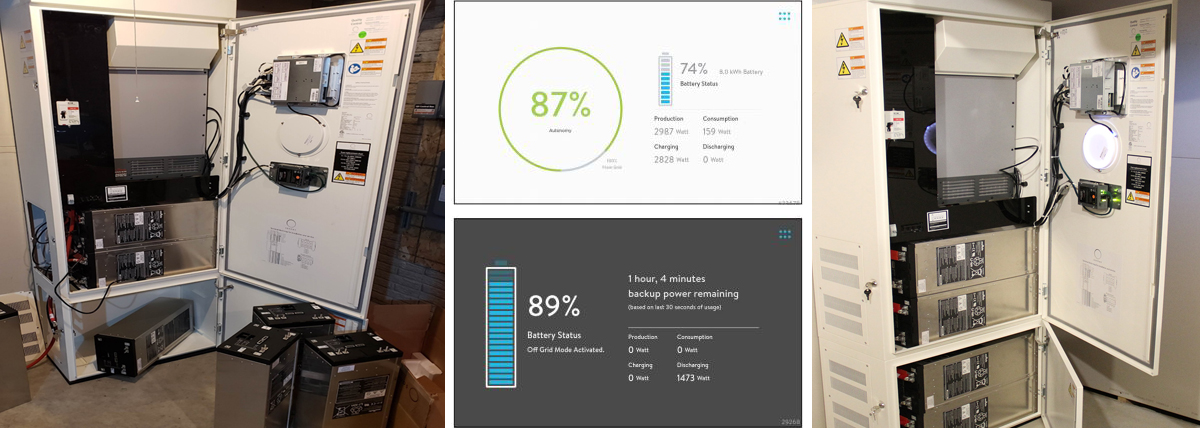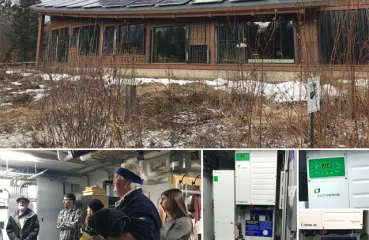To locate member sites for the pilot installations, MiEnergy put a notice in their newsletter and talked about the pilot at their annual meeting. They were surprised at the high number of responses: “Our early-adopter members were very excited and wanted to be the first to test this technology,” said Kent. MiEnergy’s screening criteria included high-speed internet access, a service panel in a conditioned space, and room for batteries that allowed for ventilation and access. Next, the members had to give MiEnergy permission to install a sub-panel (essential load panel) and to control the charging and discharging of the batteries. MiEnergy paid the full cost of the system and there is a legal agreement with each member that covers insurance and liability.
Originally the project was to include four installations with 16 kWh of battery storage and an 8 kW inverter, but an additional grant added two more sites in Iowa with 10 kWh of storage and 7 kW inverters. The batteries are Lithium Iron Phosphate, which are less energy-dense than Lithium-ion but have a longer life with more charge and discharge cycles. Two of the sites had on-site solar, and one had a generator.
The cooperative-member agreement is for a five-year pilot, with a possible five-year extension. Four of the six installations were completed in the fall of 2018 and will soon provide the second full year of data, with the last two becoming operational in 2019. “There was a peak alert in February 2020,” said Kent “and then we used the controls to allow the batteries to discharge, so we are just getting into this important phase.”





